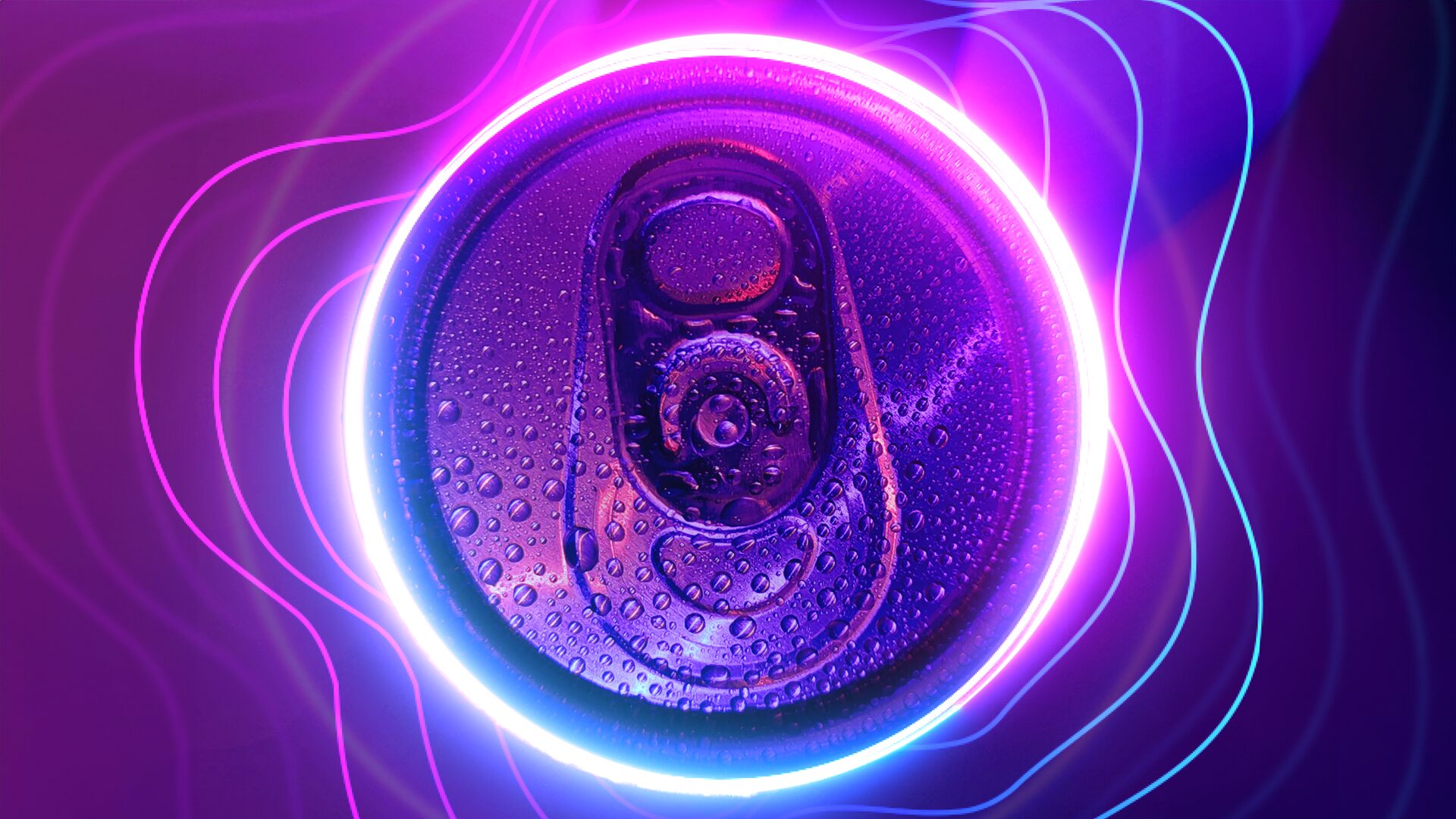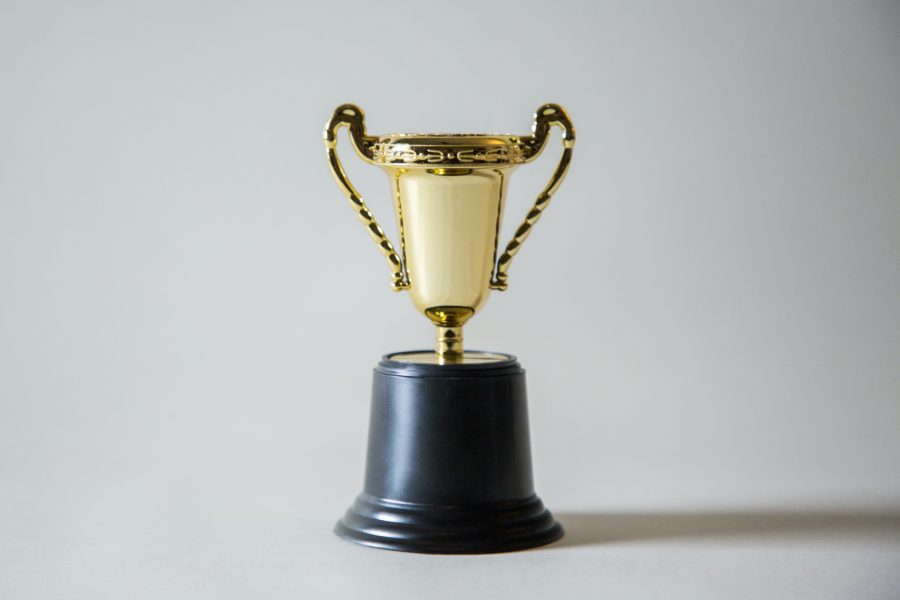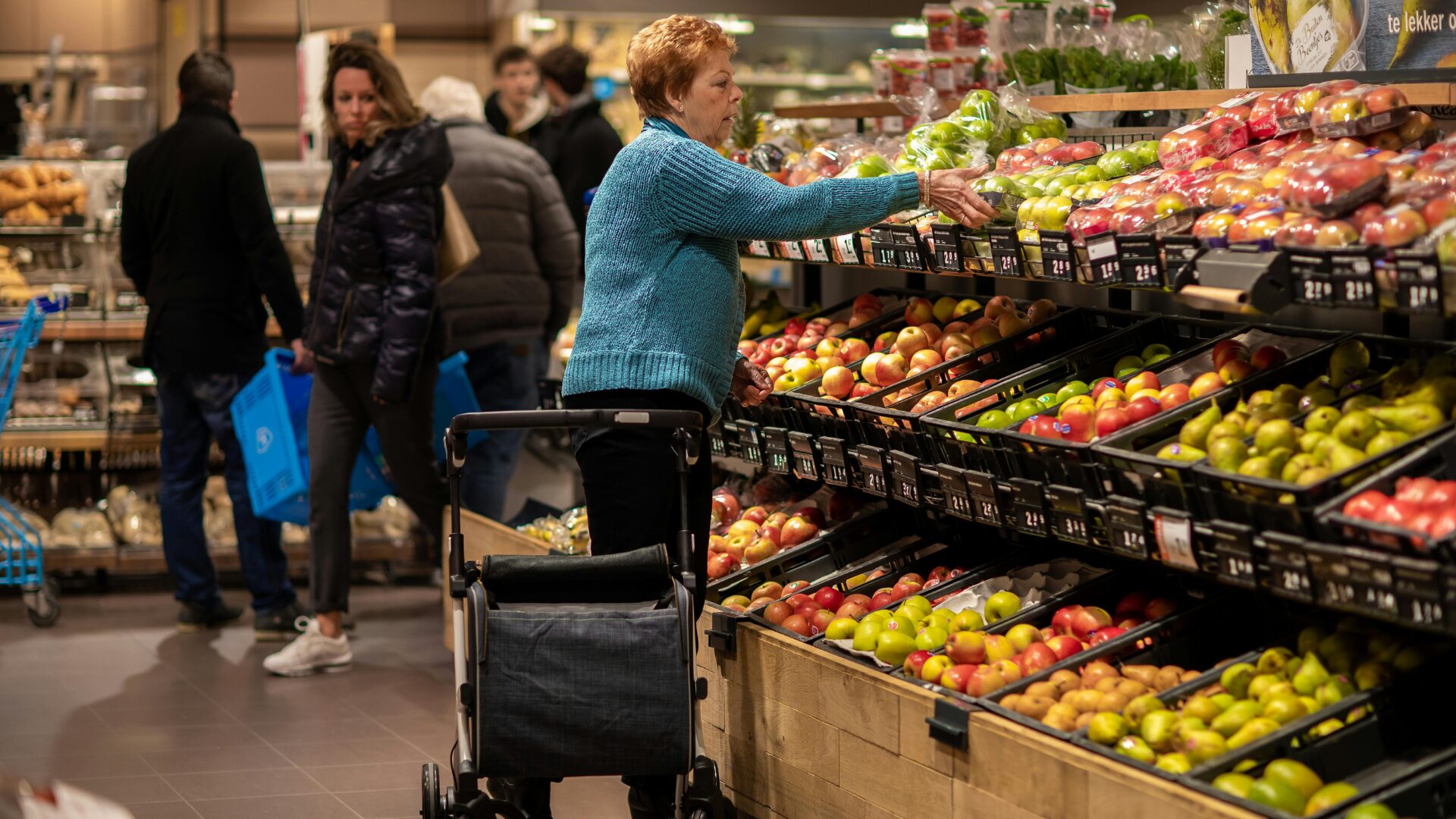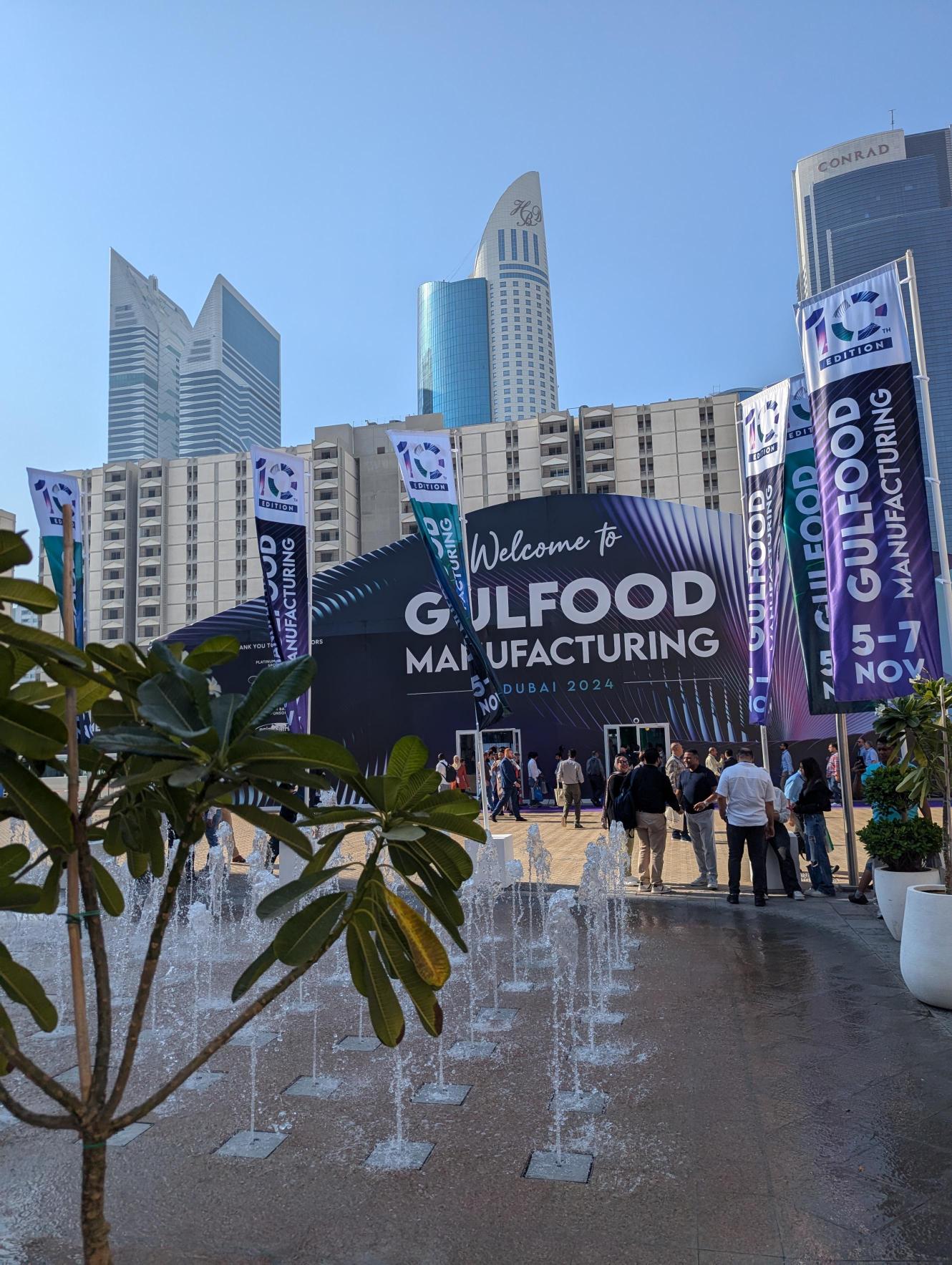“Functional” beverages are all the rage of late, as are non-alcoholic alternatives. Among them is a new class of beverage called “euphorics”. These drinks offer a unique slate of benefits that potentially compete with both traditional caffeinated options like coffee and energy drinks and with alcoholic options, as they purport to deliver a sense of euphoria that consumers might want to feel across a range of dayparts and occasions.
Various brands describe this sensation as “balanced but uplifted,” a “higher state,” or “the float.”
Euphorics typically contain a blend of “functional” ingredients like adaptogens (such as herbs like ashwaganda and rhodiola) that claim to help the body adapt to stress, nootropics (cognitive enhancing compounds like L-theanine and GABA), botanicals (plant-based flavorings like orange peel and hibiscus), mushroom extracts like lion’s mane, and in some cases, cannabinoids like CBD to promote relaxation.
Let’s look at a few of the key players emerging in this space, what they claim to offer, and their ingredient profiles.
Kin Euphorics: this brand describes itself as “a functional beverage for modern rituals”[1] offering “functional beverages designed to help elevate your every day from dusk till dawn.”
Containing a mix of adaptogens, nootropics, and botanicals informed by Ayurvedic medicine, Kin Euphorics claims to help the body handle stress, boost brain cognition, and “center the spirit.” The line serves a range of needs, with both caffeine free and “gently caffeinated” flavors such as Picklesecco – with apple cider vinegar, “postbiotics” and sea salt designed to help balance gut flora – and Kin Spritz, billed as an energy drink alternative containing adaptogens, nootropics, Rhodiola Rosea, 5-HTP, and GABA to boost mood and energy while relieving stress.
A quick scroll through some of the user reviews on their website confirms that consumers are finding multiple use cases for these products, from an afternoon boost to a nightly winding-down ritual.
Recess: offering “calm for every occasion,” the Recess core line includes hemp and adaptogen-infused sparkling waters, a “Mood” line of sparkling waters and supplement powders containing magnesium and adaptogens intended to help you unwind, and a “Zero Proof” line of craft mocktails. In an apparent nod to OLIPOP’s fan-favorite flavor Orange Cream, Recess just launched an orange vanilla variety into its Mood line.
While none of the brand’s offerings claim to be caffeinated or contain other energy-boosting ingredients, its range of offerings position it as appropriate for consumption across multiple dayparts and occasions, from morning, a mid-afternoon reset, to an alcohol alternative.
Hiyo: Short for “happy in your own,” this brand calls its drinks “social tonics” made with adaptogens, nootropics, and functional botanicals to relieve stress and boost mood, creating an effect they call “the float.”
This brand is more directly positioned as an alcohol alternative, but the inclusion of euphoric ingredients sets Hiyo apart from typical non-alcoholic options.
Euphorika: billed as a “euphoric nootropic” sparkling beverage that boosts mood without a hangover, this brand acts as a social lubricant, and calmly increases energy and focus. The optimal ingredient here is “Sceletium Tortuosum,” derived from a Southern African succulent that Euphorika claims offers a natural high. The brand describes its product as “the only true alcohol alternative” but its claims of increasing energy and focus suggest it could also be used in place of caffeinated options like coffee or energy drinks.
The target market for euphoric beverages is primarily Gen Z and Millennial consumers who are looking for alternatives to alcohol.
The category’s focus on wellness, relieving stress, and moderating mood likely also appeal to these stressed generations. Additionally, several brands in the space have celebrity or influencer backing that may boost their credibility with younger consumers: Kin Euphorics counts supermodel Bella Hadid as a partner, and Katy Perry has de Soi, a line of non-alcoholic but adaptogen-infused drinks, to name a couple.
As these brands continue to grow and gain shelf space and mainstream acceptance, the category appears poised for even more entrants to emerge, much like what we’re seeing in the prebiotic soda space today.
With forecasts estimating the overall functional beverage category could grow to anywhere from $200 billion to $300 billion or more in the coming decade, euphoric beverages are definitely a space to watch as a driver of that growth.
Author bio: Mary Mathes is a strategic insights leader who’s worked with global CPG and F&B brands to uncover the drivers of consumer behavior. She helps brands make sense of emerging trends by connecting what’s new to what truly drives consumer choice.










